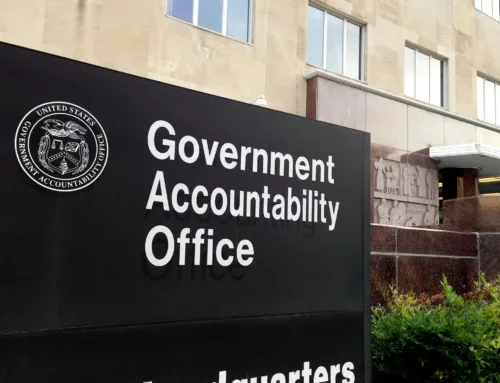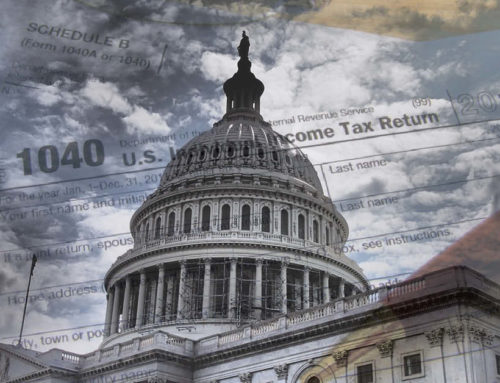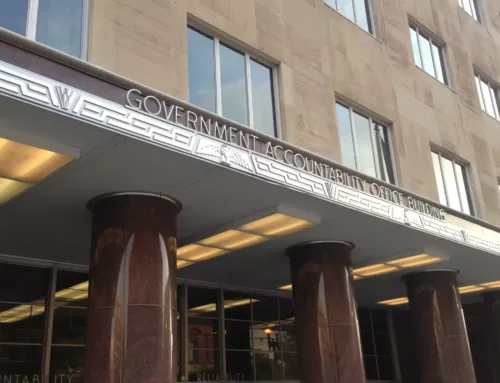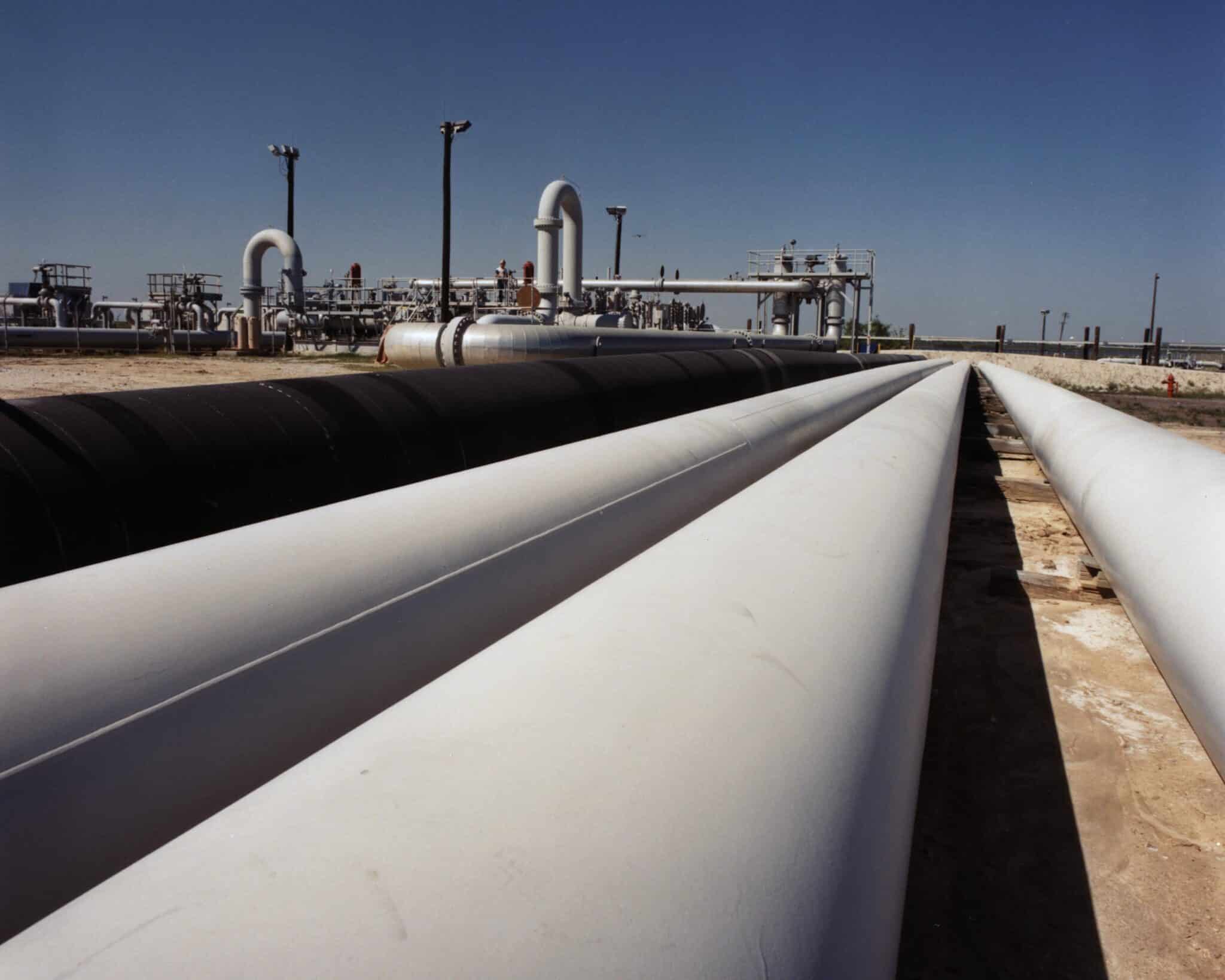While public health officials predict the surge in COVID-19 cases caused by the Omicron variant may peak later this month, calls for additional spending in response continue to emerge. The latest variant is one by Sens. Cardin (D-MD) and Wicker (R-MS) for $40 billion to assist the restaurant industry. But nearly two years, and $5 trillion+ of federal spending, into the COVID-19 pandemic, the budgetary emergency nature of COVID-19 is waning. COVID-19 is here and will be for some time. Lawmakers that want to continue, or even expand, federal spending in response need to plan and budget accordingly.
The double whammy of a health crisis turned economic crisis made COVID-19 an unprecedented challenge. From the beginning, we encouraged Washington to rise to the challenge. And we provided principles to guide the response. At the time our bottom line can be summarized:
“To be sure these are extremely challenging times. We need to meet the crisis head-on in an effective manner… Congress and the administration need to ensure our response to this immediate national health emergency doesn’t lead to a long-term fiscal emergency.”
Unfortunately, that long-term fiscal emergency may be upon us. And it’s in large part because lawmakers in both parties continue to designate spending in response to COVID-19 as an “emergency” to avoid making tough choices.
There are times when emergency spending is appropriate. The Office of Management and Budget developed a definition of emergency in 1991 that has been kicked around for years and included in several budget resolutions. To truly be considered an emergency, something must be: necessary (not merely beneficial); sudden; urgent; unforeseen; and not permanent. An issue or program that falls short of just one of these five criteria is not a budgetary emergency. It may be important or be seen by some as critical, but not an “emergency” in the budgetary sense. This distinction is important because emergency spending doesn’t have to be offset with spending cuts or revenue increases; it’s simply added to the deficit. Programs created to dispense “emergency” funds also often avoid the same transparency and Congressional oversight as programs funded by the regular budget.
In most cases, COVID-19 no longer passes the “emergency” test in budgeting. We’ve had nearly two years of disruptions, so it’s not sudden. The challenges in safely reopening schools, sports leagues, and restaurants were not unforeseen. And while increased testing, treatments, and other responses to COVID-19 are urgent, up to $500 billion in previously appropriated “emergency” COVID-19 funds have yet to be dispersed. A first step for lawmakers wanting to direct additional federal dollars for some unmet and pressing need should be to redirect the already idle, and potentially unneeded, dollars from some other “emergency” pot.
Emergency spending living long past the actual emergency has a precedent. And it’s an expensive one. In response to the clear security and budgetary emergency caused by 9/11, Washington appropriated emergency funding, then more emergency funding to conduct the wars in Afghanistan and Iraq. For the entirety of the Bush administration, they effectively budgeted the one amount they knew was not going to be the cost of the wars – $0 – and instead got emergency funding year after year. Clearly by 2005 the wars were not sudden or unforeseen at the very least. Creatively, but with the same off-budget outcome, the Obama administration tapped the Overseas Contingency Operations (OCO) account to fund the wars and evade budget caps for years. Military construction far from the active theater, weapons systems previously found in the base budget, and spending on operations in Iraq and Afghanistan, were routinely funded through the off-budget OCO account. As it grew in size to at times be larger than every other federal agency except the Pentagon itself, ultimately even the House Appropriations Committee observed that “The OCO experiment has been an abject failure and has given the Department a budgetary relief valve that has allowed it to avoid making difficult decisions.”
We’ve seen emergency spending be misused in agriculture as well. COVID-19 response fueled government payments to businesses involved in farming to a record $47 billion in 2020. Coupled with a stronger than expected rebound in crop prices and fewer losses, as a sector agriculture experienced its highest level of income since 2013. Flush with cash, a year of experience with COVID under their belt and projections of even higher prices in 2021, agricultural special interests told Washington, “thanks, we’re good.” JUST KIDDING. They actually lobbied for and received $10.3 billion in “emergency” subsidies for natural disasters (not the pandemic) last September even as economists projected 2021 income would exceed 2020’s levels. Oh, and it did.
COVID-19 is a real and pressing challenge. Nearly two years into the pandemic, however, it mostly fails to be a budgetary emergency. Lawmakers that want to continue or expand programs created to stem the health crisis or blunt the economic effects of COVID-19, can make their case. But it’s time to start budgeting and paying for this new reality.
- TCS In-house designed image










